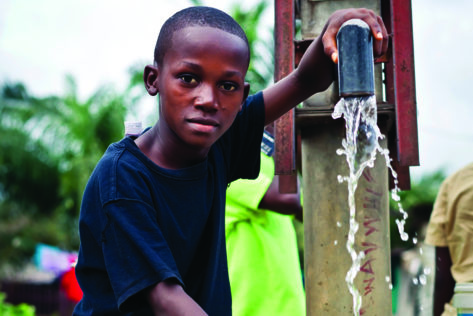heading

This study employs a computer vision algorithm with cellulose bio-composite for rapid water analysis and purification.
This is how I came up with the idea for this project:I was interested in using the ubiquity of smartphone technology, in combination with sustainable biocomposites, that would enable water purification and smartphone-based water analysis in rural environments.

Documentation
Employing Computer Vision and Cellulosic Biocomposites for Rapid, Automated and Cost-effective Water Analysis and Purification This interdisciplinary study employs a novel computer vision algorithm with a cellulosic biocomposite for the rapid classification and elimination of water contaminants. In-lab water diagnoses are currently expensive, time-consuming and inaccessible to many rural communities. However, the ubiquity of smartphone technology provides a powerful platform for water analytics. A biocomposite was engineered to filter various contaminants whilst retaining water samples for analysis with a smartphone camera system. A random forest (RF) computer vision approach was designed to categorise image features to generate a probability map. K-means clustering grouped similar pixels and a secondary RF validated different cell regions for species identification. After training, the algorithm identified heavy-metals and individually trained bacterial species within seconds with 90.16% accuracy. Biocomposite filtration removed 2,671 parts per billion (ppb) of Pb2+ , 2,234 ppb of Ni2+, 96% of bacteria and 100% of solid particulates; initial exposure to biocomposite casein resulted in 100% coliform bacterial inactivation within the filtrate in 10 minutes. This study develops a novel, rapid and accessible system for field-analysis, mapping global water quality and purifying water in developed and developing countries.

